
The number 1 issue for people with hearing loss is hearing in background noise. For the first time, hearing aids have been ‘independently’ tested with sound samples.
HearAdvisor has built an audio lab which allows for independent testing for all hearing aid technology and also allows for the comparison of products using a standardized test battery, which finally allows us to produce some comparable results away from the information we get from hearing aid manufacturers.
Tests have narrowed down the best different types of hearing tech that money can buy at the moment, which includes the prescription hearing aids available in the UK, Oticon Real and Phonak Lumity.
Feature comparison
This will help you to understand which may be the most suitable for your hearing loss and if you watch the video you can actually hear the difference between them.
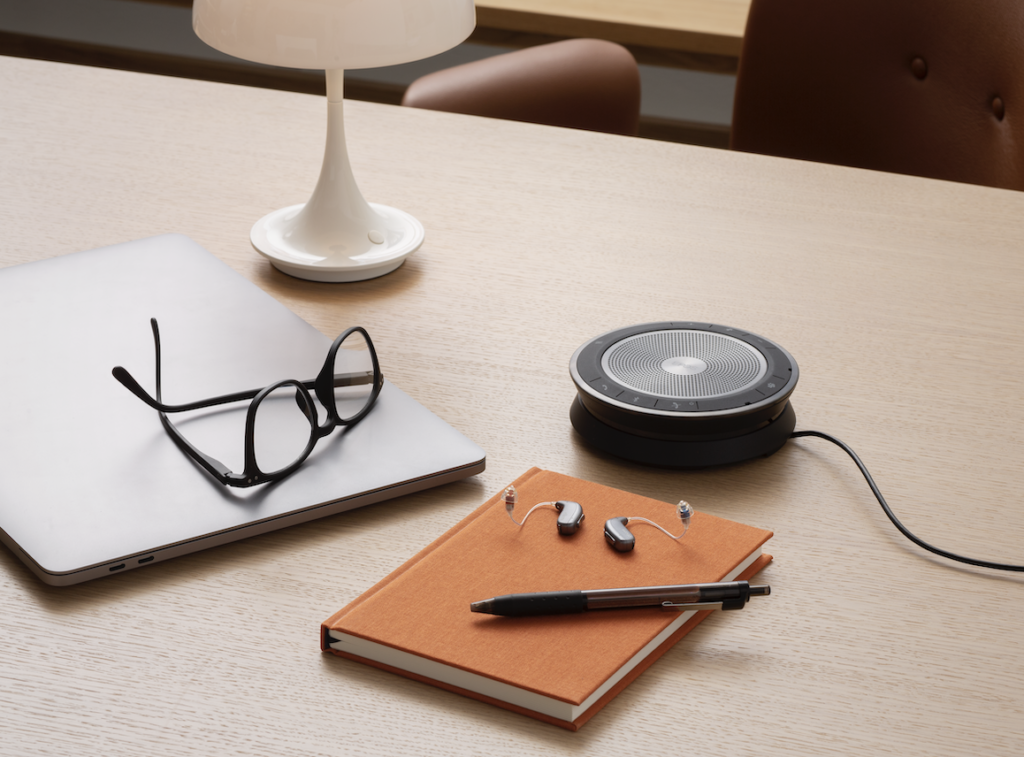
Oticon Real hearing aids
Oticon Real and Phonak Lumity are a receiver-in-canal style or RIC, meaning that the main housing sits behind the ear with a thin wire that comes over the front, and the receiver or speaker sits down your ear canal.

Phonak Lumity Hearing aids
These three pieces of tech can be coupled to your ears in a few different ways.
Firstly, and most commonly, with generic rubber tips which can vary in shape and size from an open fit to closed, or even with a power dome or your audiologist can take an impression of your ear to create a custom ear mould. The mould is then sent to the respective hearing aid manufacturer.
This process normally takes around about 2 weeks from start to finish. Your hearing loss is what determines whether a rubber tip or a custom mould is the most appropriate for you. The sound of a hearing aid will be completely transformed by changing this part of your hearing aid, and it can also have a significant impact on how your hearing aids will cope in a noisy environment. Your audiologist will diagnose and select the appropriate set-up for your hearing loss.
Hearing aid colours

The Oticon Real and Phonak Lumity hearing aids are both available in a wide range of colours, and they’re all produced to match different hair colours and skin tones.
They also have a matt finish so they don’t tend to catch the light, and blend in that little bit more.
At Harley Street Hearing we find that the most popular colours that patients tend to choose in clinic are the Chroma Beige with Oticon, and the Champagne with Phonak.
Suitability
All of today’s hearing aid technology has its own individual fitting range, which is essentially the level of hearing loss that they’re capable of dealing with.
Oticon Real’s are available in various power levels which are determined by the interchangeable receivers that can be changed by your audiologist in clinic depending on the severity of your hearing loss.
They’re available in either a 60, 85, 100, or 105 decibel receiver.
So, if your hearing loss falls within the marked area here, then these hearing aids will be suitable for you.
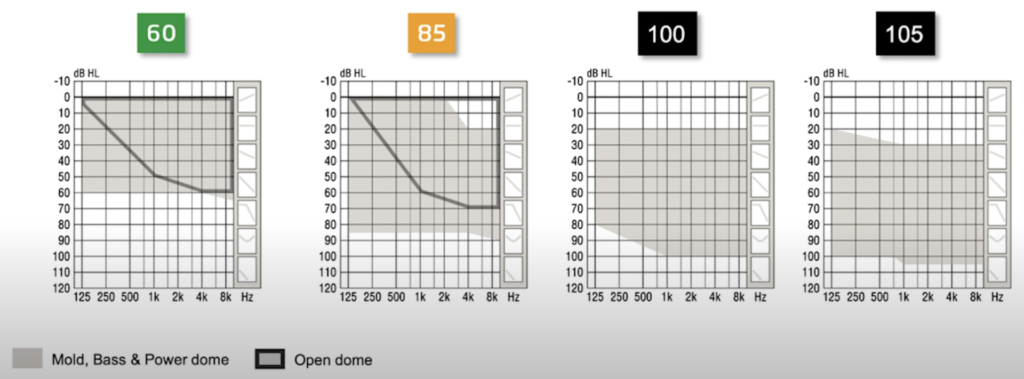
Similarly to Oticon, the Phonak Lumity is available with various power levels from standard, moderate, power, and ultra power, with the fitting ranges being demonstrated here.

This essentially means that both prescription hearing aids are suitable for either a mild, moderate, severe, or profound hearing loss.
With the main theme being background noise, it’s definitely worth pointing out that Phonak has a very unique receiver-style called ActiveVent that at Harley Street Hearing we are huge fans of, and we’ve had a lot of success with in the clinic.
ActiveVent is a type of receiver with a built-in moving piston that changes its position depending on your specific listening environment, and it diverts either more or less sound naturally down your ear canal or on the contrary, via the hearing aids. In turn, this will change four different things: firstly, how you hear background noise; secondly, how your own voice can sound; thirdly, how clearly you can hear; and then finally, how music sounds when it’s being streamed from your phone.
If you’re wondering if this matters, absolutely.
There are both positives and negatives to having your ear canals either open or closed, and depending on your hearing loss, sometimes it’s beneficial to have a hearing aid that can do one or the other depending on your listening environment.
Which, until ActiveVent was released by Phonak, it wasn’t actually possible. For example, in a quiet environment, you may well want the vent to be nice and open, allowing sound in and out, giving you a nice natural feeling, connecting you with your environment. Yet, when in noise, it’s better to have your ears completely closed so that all of the sound that you hear is via the hearing aids, having been cleaned of background noise.
If you are tempted to buy any products from the internet we would strongly recommend getting your hearing properly assessed prior to ordering anything off the
internet.
Hearing aid programming
Being fitted with a prescription hearing aid involves visiting an Audiology Clinic to have your hearing tested by an audiologist. During the initial consultation, your audiologist will discuss the challenges that you face on a daily basis to understand exactly what the hearing aid needs to overcome.
They should then assess your individual hearing loss, including where along your auditory system your hearing loss originates from, and then recommend the most appropriate hearing aids for both your hearing loss and your lifestyle.
The final part of the process involves a fitting of your hearing aids, which should always include real measurements to ensure the correct levels of amplification are being delivered by your hearing aids, and there is a range of other tools to verify the function of your hearing aids, plus a thorough follow-up process.
There are also over-the-counter hearing aids and true wireless stereo technology. However with these, the set-up is all down to you.
Now, one super interesting thing that is really important to share with you is that when we tested today’s technology, these self-fit settings delivered far below the audibility that you’d get from a prescription hearing aid, which has been fitted by REMs, meaning from your perspective, that’s less amplification than you technically get from a set of professionally fitted hearing aids. This really reinforces the importance of an audiologist in the hearing aid fitting process.
Hearing aid user controls
Today’s tech has various different ways to adjust them, either via their respective apps and then a few of them can be manually adjusted by pressing the respective buttons on the devices themselves. One big question, however, is do you really want to be adjusting them?
The majority of patients at Harley Street Hearing want something that they can put in their ears in the morning, forget about, and then take them out when they go to bed at night-time.
On the other hand, if you do want to make adjustments, it’s good to have that backup.
Phonak and Oticon apps give you access to the volume, graphic equalizers for adjusting the bass, mid, and treble, and Oticon gives you access to their speech booster feature, which fully engages the hearing aid’s noise attenuation features.
Phonak takes the lead as far as the app goes by also allowing you to adjust the noise reduction features, directionality, and compression ratios. Plus, one particular feature with Phonak is that if you adjust the hearing aids for a particular scenario and you like those settings, you can press save. It will save your program, and then you can come back to it whenever you like.
The rocker switch on the back allows you to both increase or decrease the volume manually as well. Adjustability is a very personal thing. Some people like to be able to make adjustments to the settings on their hearing devices; others don’t want to have anything to do with them at all. Only you know what’s right for you and your lifestyle. Of course, it’s also important to take into account your understanding of technology and things like your manual dexterity too when making the right decision for you.

Hearing aid battery life
It’s also worth sharing some stats on a couple of other factors, such as battery life, to give you an understanding of how practical these devices can be for daily use.
One big factor is that they’re all rechargeable. So, this means that for the most part, there are no fiddly, wasteful disposable batteries to change every week. Both Oticon and Phonak boast 24 hours per charge. Oticon Real’s also have a disposable battery version if you’d like.
Battery life should definitely be something that you take into account when investing in this technology.
Listen to the sound samples
How was the lab testing performed? They were all programmed to manage a mild to moderate sensorineural hearing loss. And for the purposes of keeping your criteria strict and comparable between the different technologies, we’ve not evaluated any device’s performance for more severe or significant hearing loss levels.
This has been done mainly as the OTC (over-the-counter) hearing aids and earbuds tested aren’t specifically designed for anything greater than a mild to moderate hearing loss.
It is something that we’ll be doing in the future, so do watch this space.
Now, Hear Advisor recreates realistic sound fields in their lab using a range of ambisonic environmental recordings and multi-talker scenes. The hearing aid recordings are then made through their industry-standard acoustic mannequin and processed using a Hearing Aid Speech Perception Index version two.
This cleverly models the impaired auditory system and predicts the speech intelligibility benefits that you may experience in the real world from each of the hearing aids. If you want to know more about the testing process or protocols, then you can find them over on HearAdvisor.com.
Almost 50 devices have been tested using this process with two scenarios. Firstly, a quiet office and then secondly, a busy cafe.
Now, for listening to these files, we recommend wearing a set of headphones or earbuds for the best listening experience. See on the video below at 17 minutes.
FYI: Matthew Allsop is a Partner at Harley Street Hearing, and a content creator for Hearing Tracker, where he shares his honest opinion on all new hearing aid technology. Hearing Tracker is the world’s first truly-independent resource for hearing aid customers. You can view his video where he shares his opinions on the Best Hearing Aids for Background Noise for 2023 below.
So which are better in terms of how natural they sound plus the clarity that they’re providing? Bear in mind that they may all sound a little bit tinny to your ears, as remember these are specifically programmed for a typical mild to moderate hearing loss, and all the tech that you’ve just heard is boosted by those high frequencies.
The Winners
The Oticon Real is coming out on top for all prescription hearing aids based on lab testing, and the Phonak Lumity is a very, very close second, both receiving the Hear Advisor Expert Choice Award for 2023.
Harley Street Hearing is London’s leading independent audiology clinic, offering private hearing consultations and expert advice from a team of highly qualified clinical audiologists. If you suspect that you or a friend or family member may be experiencing hearing loss, contact us to book an appointment.
Enjoy this article? You might be interested in some of our others:
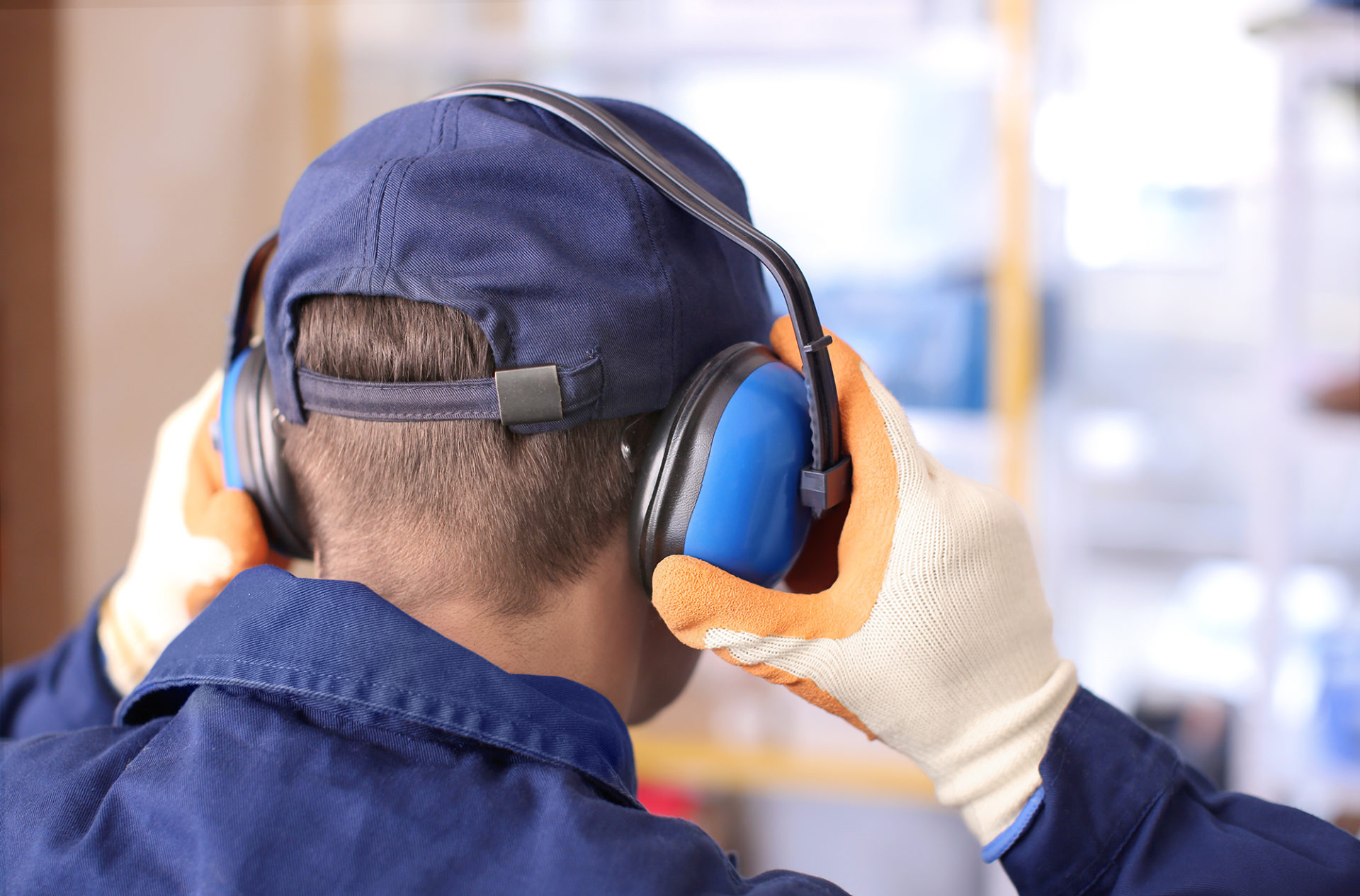
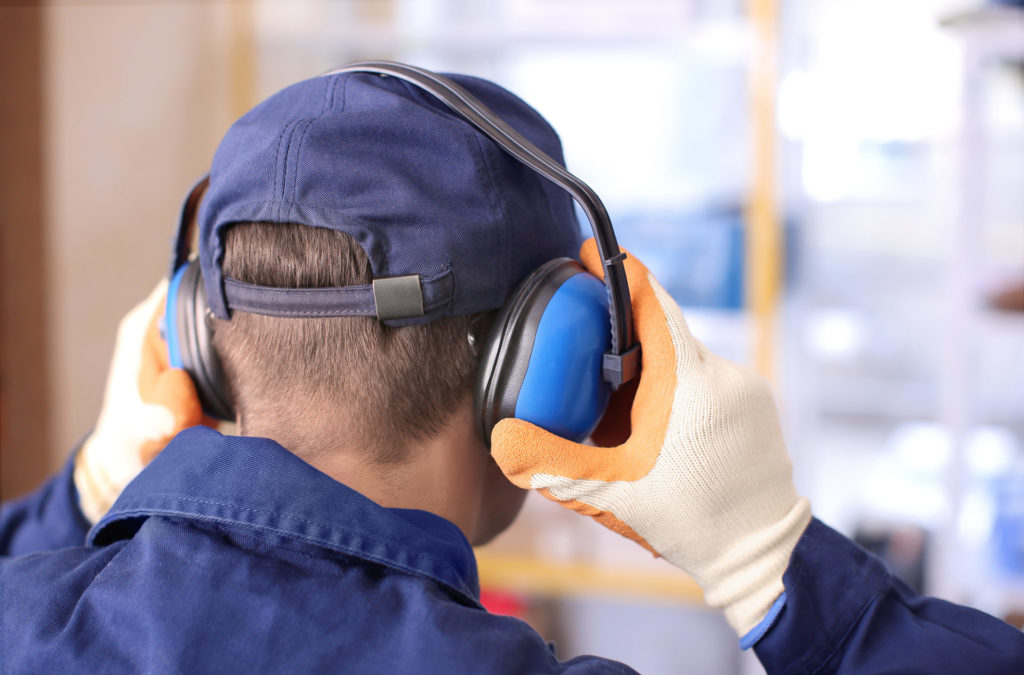
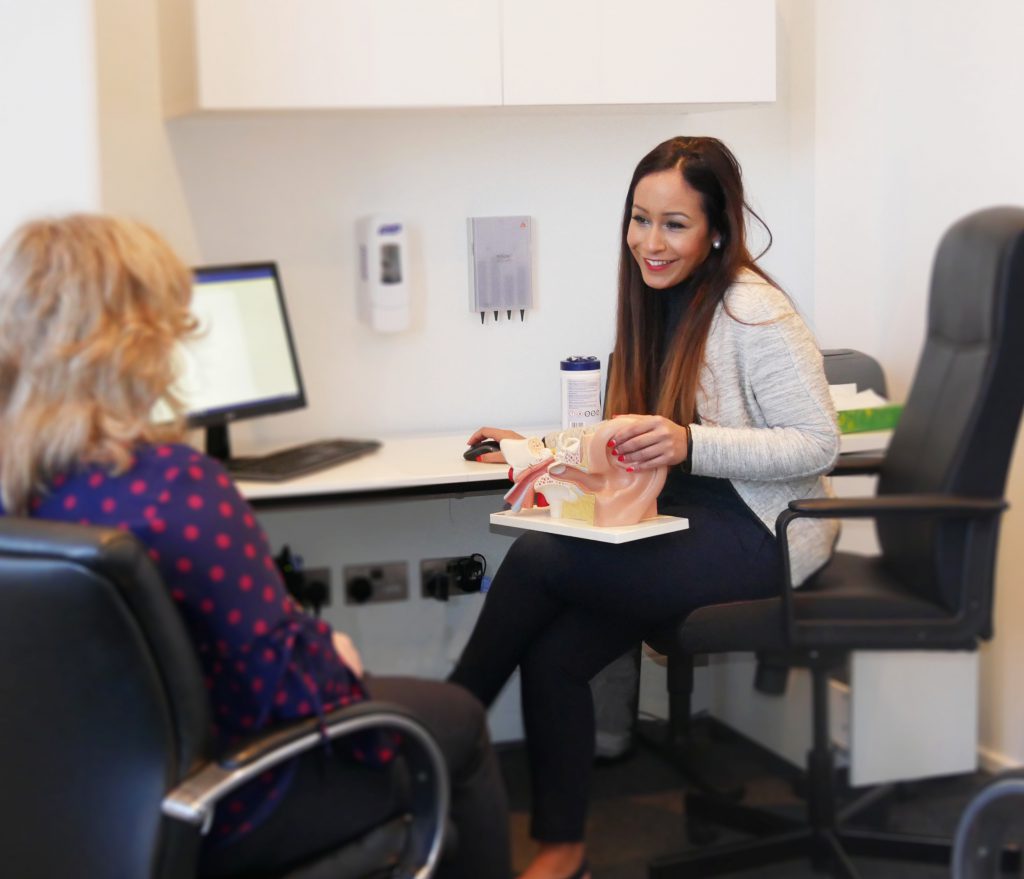
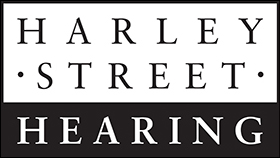
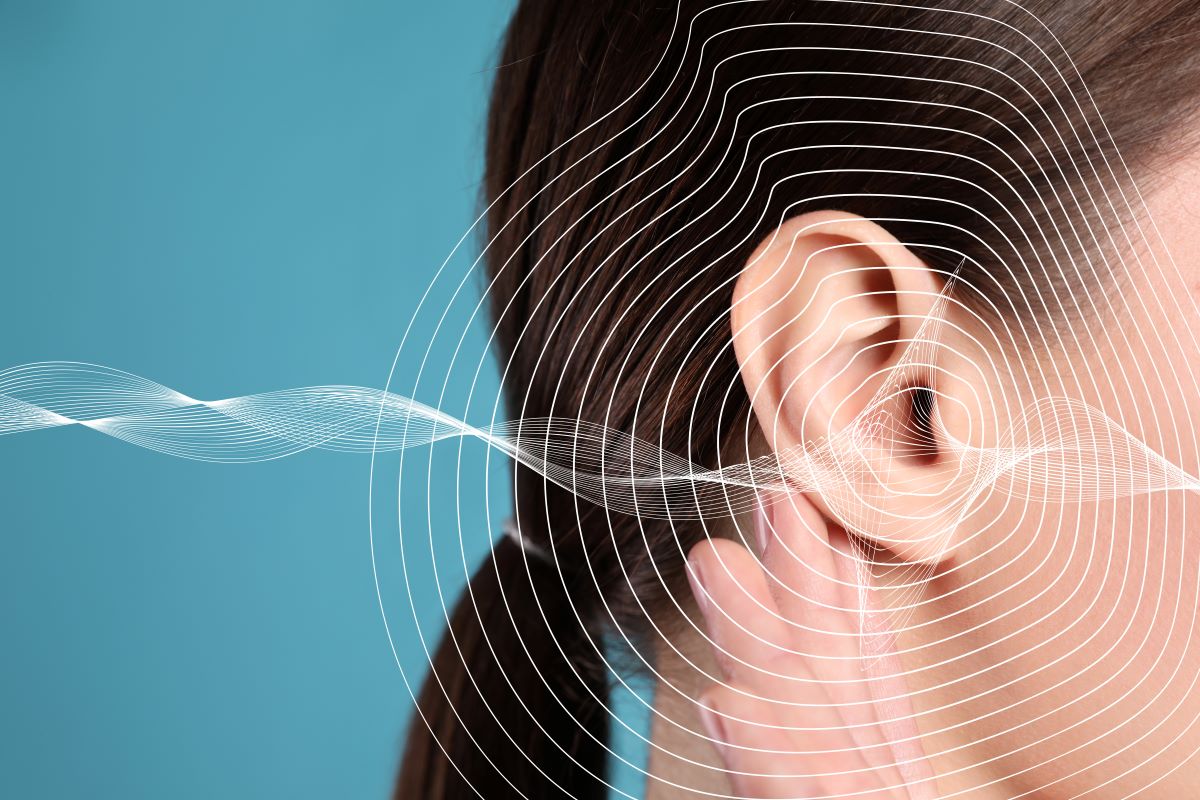
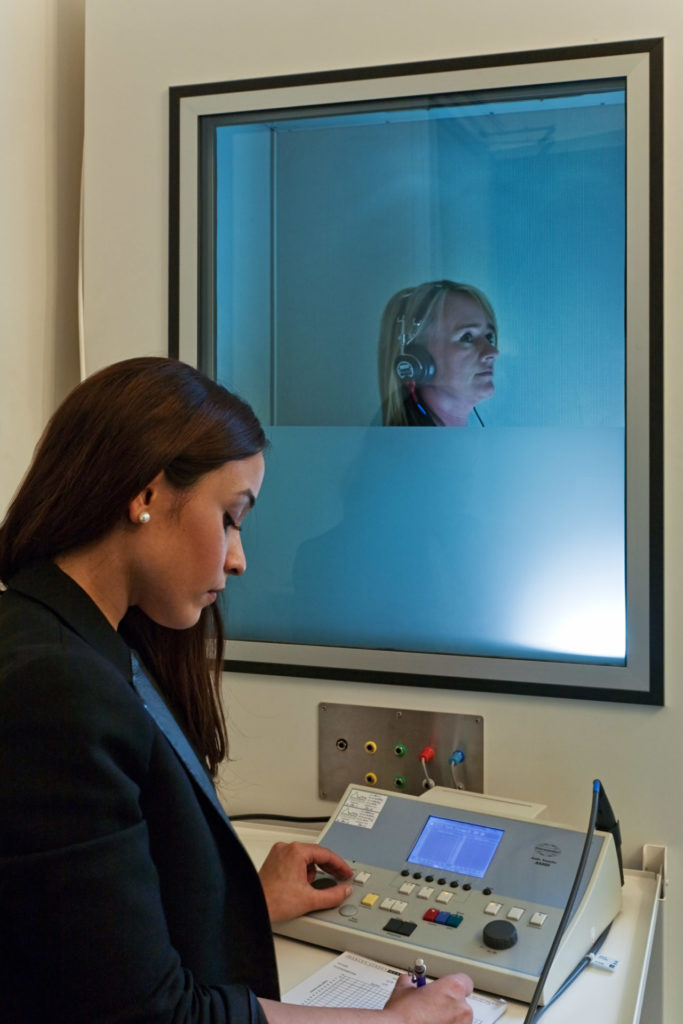
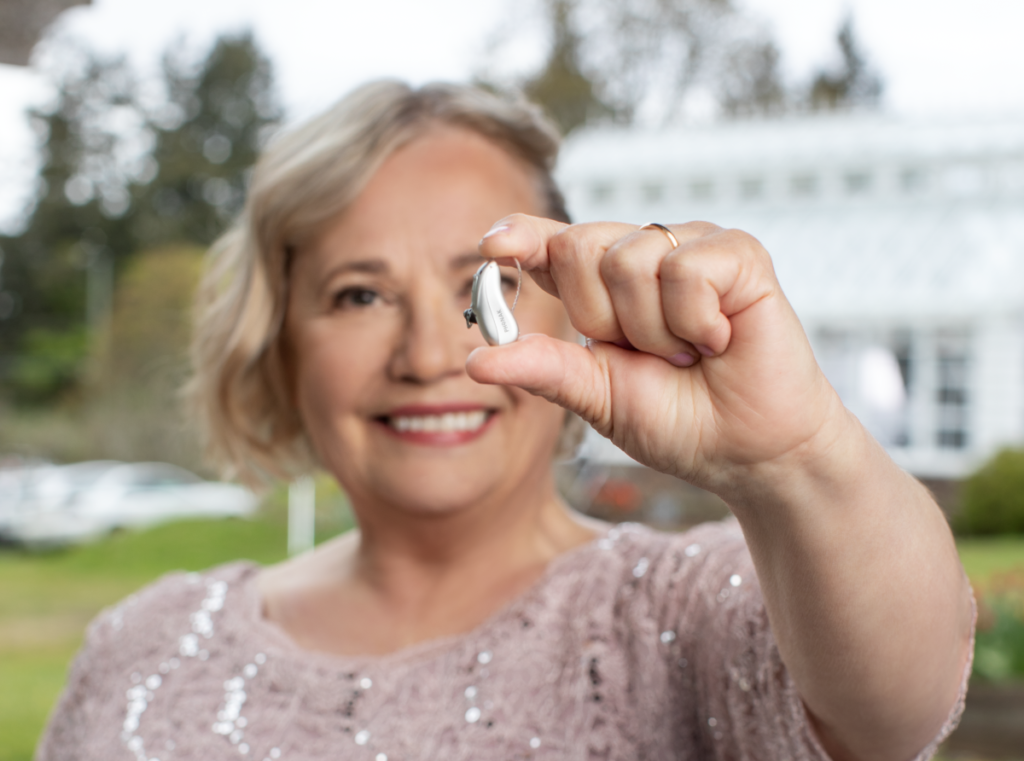
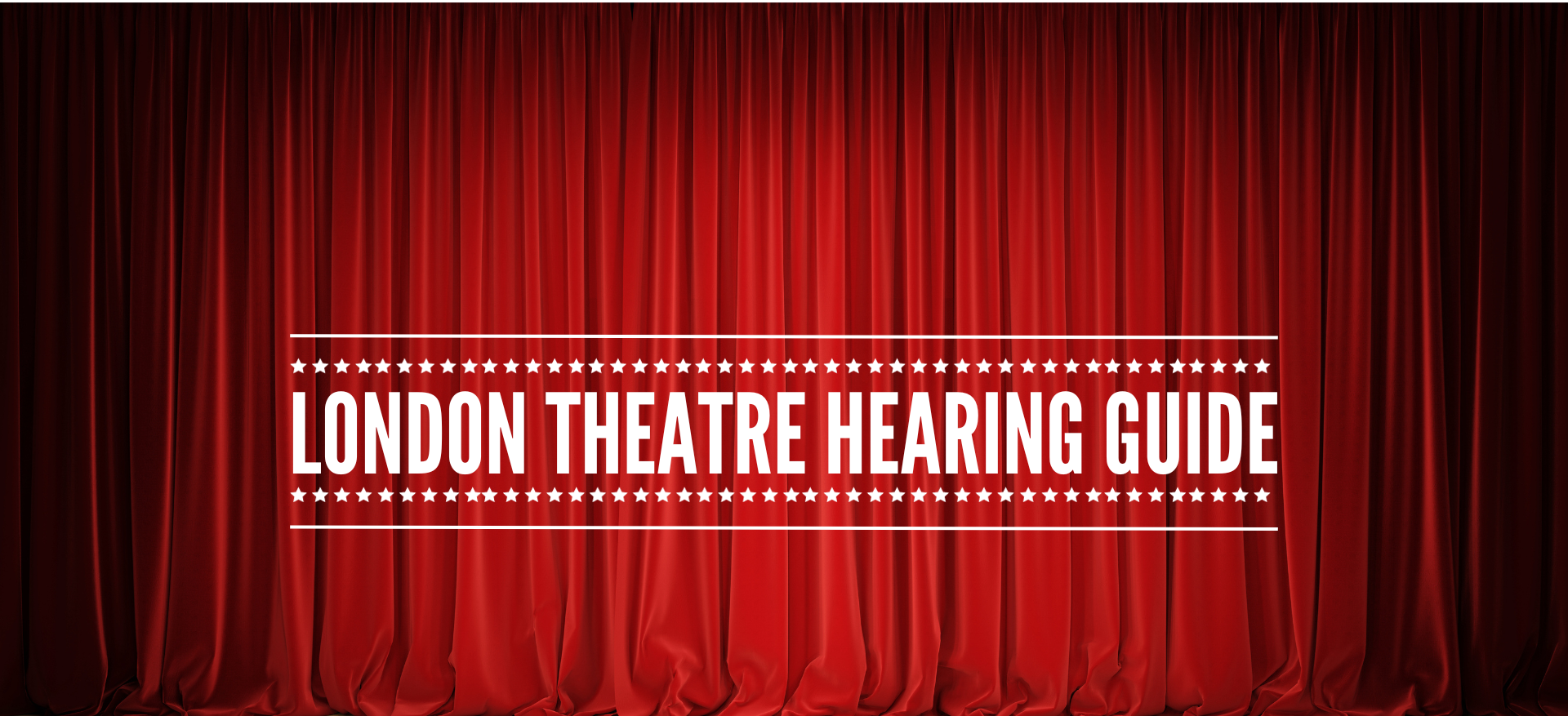

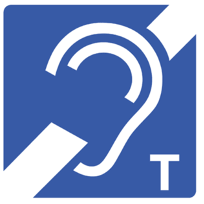 Hearing loop systems
Hearing loop systems






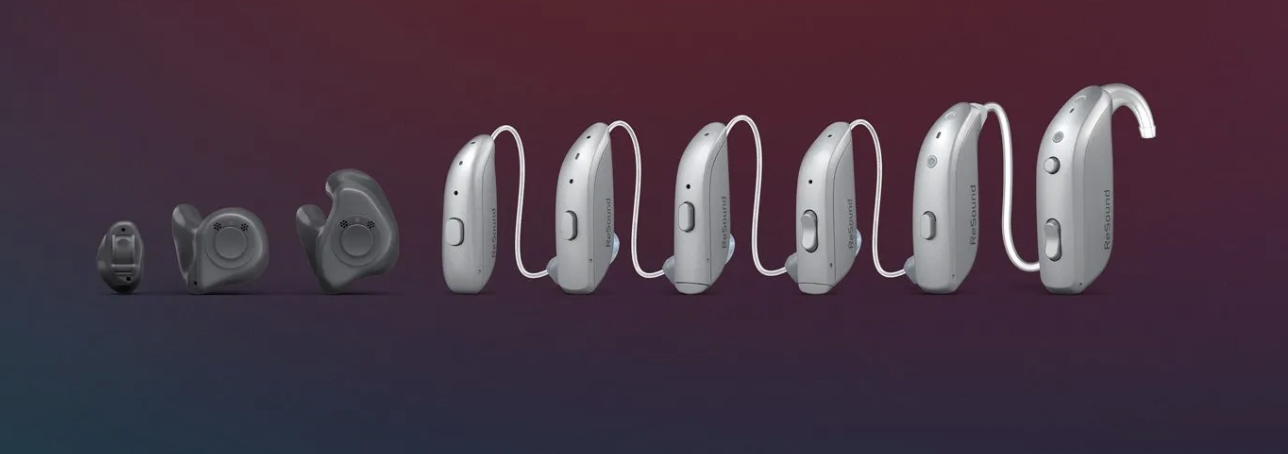
 The Nexia family introduces four brand-new premium hearing aids:
The Nexia family introduces four brand-new premium hearing aids: Auracast LE Audio
Auracast LE Audio






Recent Comments